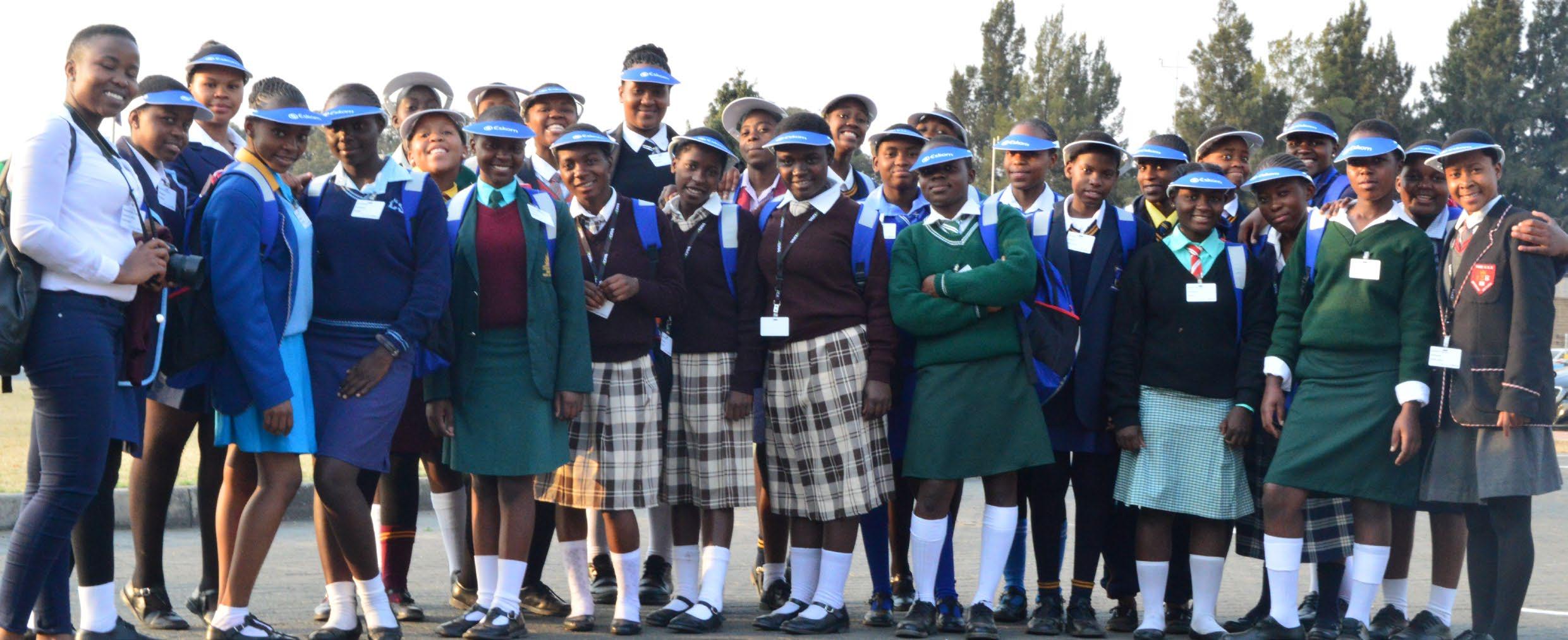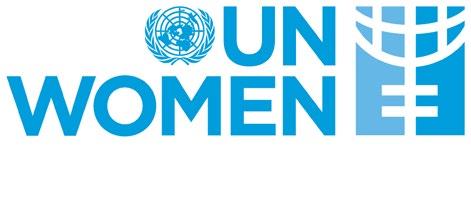The case on women in STEM. Statistics continue to show the underrepresentation of females in multiple STEM fields and initiatives to bridge this gap are being rolled out continuously at a global scale. Data from sub-Saharan tertiary institutions continues to show underrepresentation of female learners in STEM programmes. Access to information and exposure to the application of STEM education in career paths is however limited for students in rural schools in the Southern African region. This includes access to model STEM careers, professional role models, support structures and education advancement opportunities. This problem is common for both male and female learners. Interventions promoting STEM engagement for females at all levels through to management typically speak to a certain level of access which rural and underprivileged learners do not have. Consequently, the disparity with their fellow counterparts in more equipped environments would appear to widen with each step of progress made in promoting STEM equality.
“
An estimated 2.5 million new engineers and technicians are required in sub-Saharan Africa alone to achieve the Milleniun Development Goals of improved access to clean water and sanitation. To achieve such aims, we need to attract every young mind to engineering, especially in the developing world, where attracting more women to fields in which they are underrepresented must be part of the solution.
”- Unesco.org
We have fallen way short of these MDG targets, which is why Taungana exist. We are actively contributing to the development of the Sustainable Development Goals (SDG’s)
5






